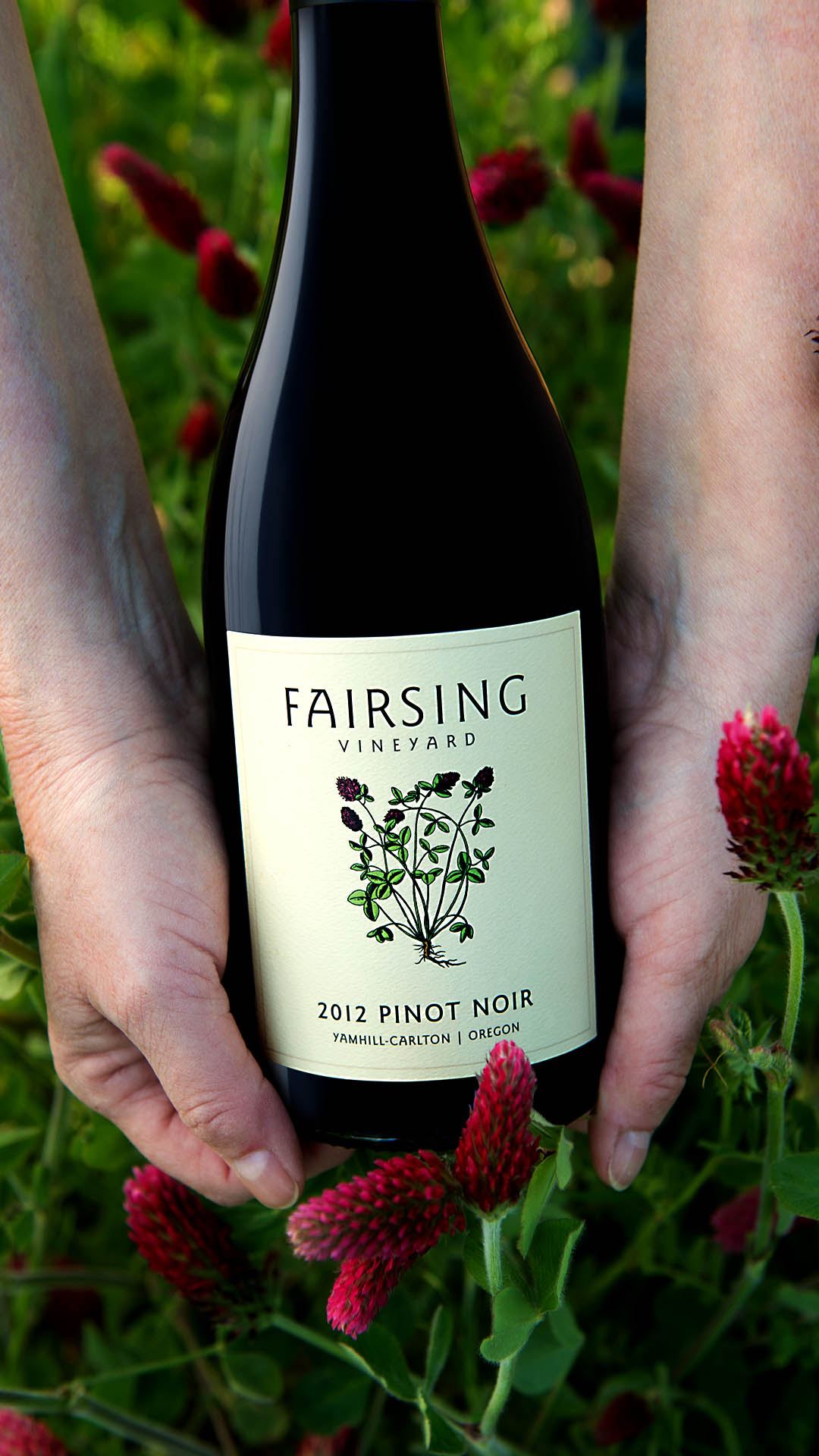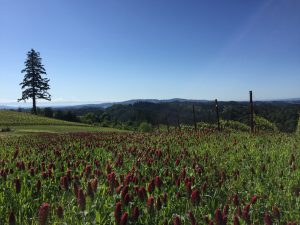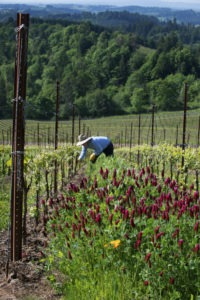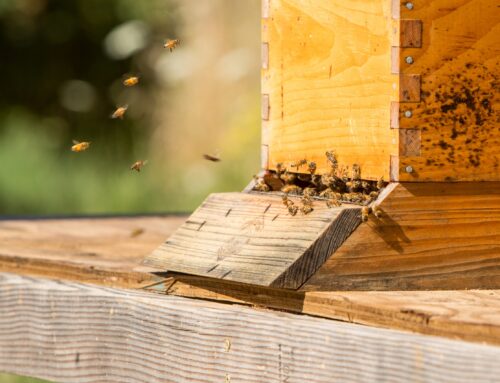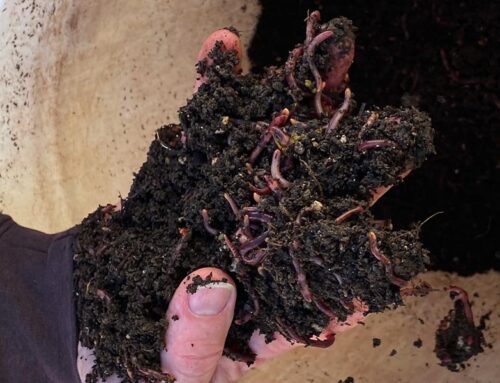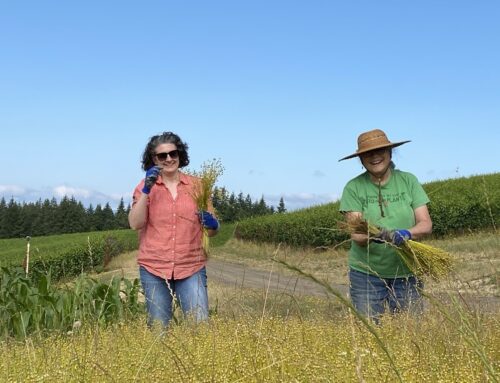Few sights are more vibrant and beautiful than springtime in Oregon’s Willamette Valley when blankets of blooming crimson clover float along the landscape.
Aside from its spring splendor, crimson clover has long been valued agriculturally as the jewel of cover crops for its excellent ability to produce nitrogen and essentially feed the soil in which it is grows.
Crimson clover (Trifolium incarnatum) is a species of annual clover native to Europe. The species name, incarnatum, means “blood red” and crimson clover flowers are indeed long spikes of brilliant red.
As a cover crop crimson clover grows quickly, attracts pollinators, replenishes the soil with nitrogen and, with green composting, increases soil microorganisms with the degradation of it plant material.
White clover (Trifolium repens) is a ground cover native to Ireland and is thought to be the original shamrock (traditionally spelled seamróg, which means “summer plant”).
The three-leaf clover genus Trifolium (Latin translation; tres “three” plus folium “leaf”) is most often associated with Ireland’s shamrock due to its roots with the Celtic Druids who believed three to be a perfect number. As a result, the three-leaf clover is a well-known symbol for both the Irish and good fortune.
As a natural extension of Fairsing Vineyard’s sustainability, cover crops of crimson clover are sown throughout our 170-acre site to combat erosion, eliminate competing weeds, and rejuvenate the soil with nitrogen and microorganisms.
For its genuine beauty, Celtic symbolism and restorative properties, Fairsing Vineyard selected the crimson clover to appear on the wine label of our Pinot noir with the white clover (shamrock) chosen for our Chardonnay.
The label of our Rosé of Pinot noir is graced by a single flowering crimson stem, as the annual spring release of this delicate wine is welcome and refreshing like the blooming crimson clover itself.
The clover illustrations depicted on our Fairsing Vineyard labels were first printed in 1565 in Pietro Mattioli’s “Commentaries”.
Both crimson and white clover have extensive lineage across cultures as highly nutritive ground covers and have earned distinction as one of the earliest cultivated economic plants.
This value is reflected today as crimson clover is a major seed crop in Oregon’s Willamette Valley. Oregon’s crimson clover seed production accounts for 95% of the total seed production in the country, reaching about $2.5 million in sales.
Follow for additional biodiverse and sustainable initiatives at Fairsing Vineyard
